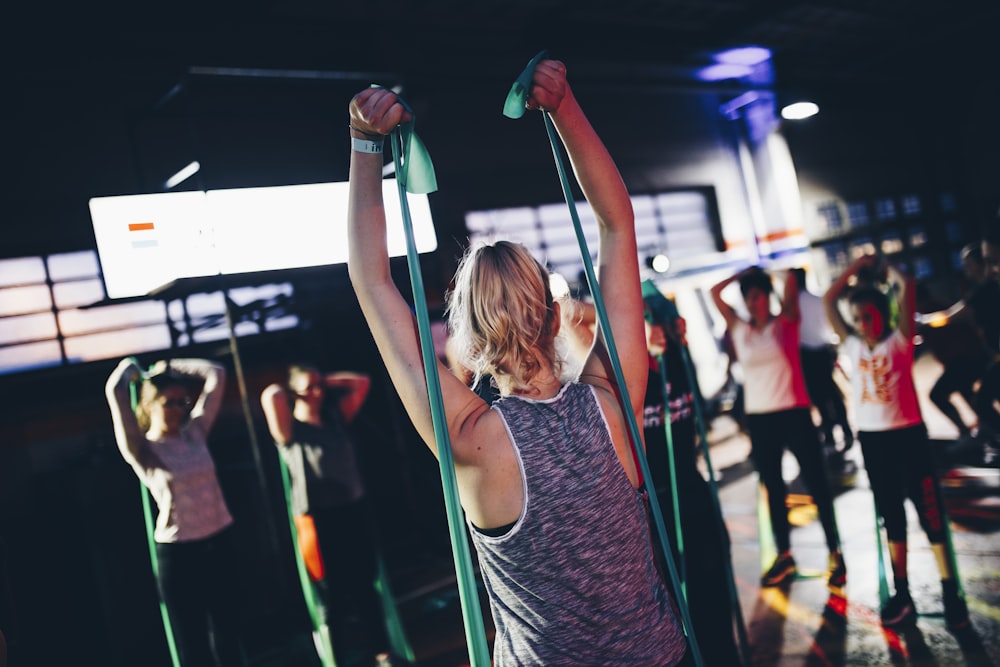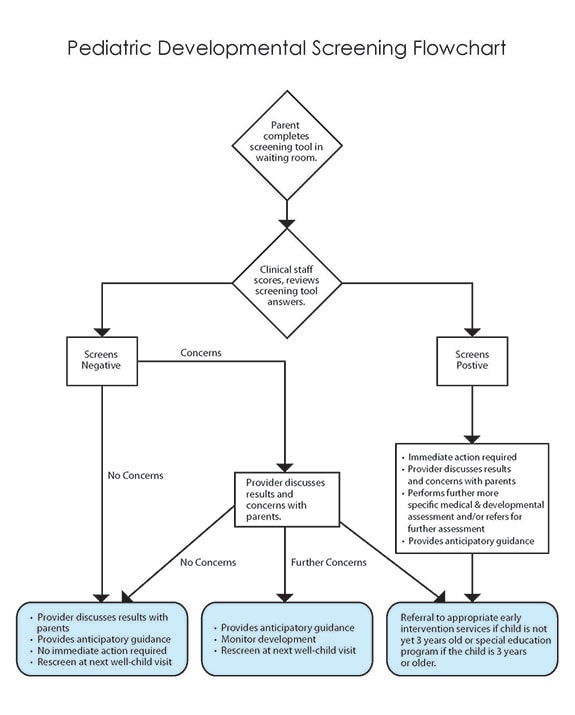Maximize Your Workout Using Resistance Bands Effectively
Maximize Your Workout: Using Resistance Bands Effectively
Introduction
Incorporating resistance bands into your workout routine can be a game-changer, offering a wide range of benefits for strength, flexibility, and overall fitness. Let’s explore how to use resistance bands effectively to elevate your workout experience.
Benefits of Resistance Bands
One of the key advantages of using resistance bands is their versatility. They can target various muscle groups, allowing for a full-body workout without the need for bulky equipment. Additionally, resistance bands offer continuous tension throughout the exercise, leading to improved muscle engagement and better results.
Targeting Specific Muscle Groups
Resistance bands are excellent for targeting specific muscle groups, such as the arms, legs, back, and core. By adjusting the band’s tension and angle, you can customize your exercises to focus on areas that need strengthening or toning, leading to balanced muscle development.
Enhancing Strength and Endurance
Regular use of resistance bands can enhance both strength and endurance. The progressive resistance they provide challenges your muscles, leading to increased muscle mass, strength gains, and improved stamina over time. This makes them a valuable tool for athletes and fitness enthusiasts alike.
Improving Flexibility and Range of Motion
Incorporating resistance bands into your stretching routine can improve flexibility and range of motion. The resistance they offer helps deepen stretches, allowing you to reach further and improve overall flexibility, which is essential for preventing injuries and improving athletic performance.
Tips for Using Resistance Bands
- Start Light: Begin with lighter resistance bands and gradually increase the tension as your strength improves.
- Focus on Form: Pay attention to proper form and technique to maximize the effectiveness of each exercise and reduce the risk of injury.
- Variety is Key: Incorporate a variety of exercises to target different muscle groups and prevent plateauing.
- Combine with Other Equipment: Mix resistance bands with other equipment like dumbbells or bodyweight exercises for added challenge and variety.
- Listen to Your Body: Always listen to your body and adjust the resistance or intensity as needed to avoid overexertion or strain.
Sample Resistance Band Exercises
- Banded Squats: Place the resistance band around your thighs and perform squats to target your glutes and legs.
- Banded Rows: Attach the resistance band to a stable surface and perform rows to strengthen your back and arms.
- Banded Chest Press: Secure the resistance band behind you and perform chest presses to work your chest and shoulders.
- Banded Side Steps: Place the resistance band around your ankles and perform side steps to target your hips and thighs.
- Banded Shoulder Raises: Stand on the resistance band and perform shoulder raises to strengthen your shoulders and arms.
Conclusion
Incorporating resistance bands into your workout routine can significantly enhance your fitness journey. With their versatility, ability to target specific muscle groups, and benefits for strength, flexibility, and endurance, resistance bands are a valuable addition to any fitness regimen. Incorporate these tips and exercises into your routine to maximize your workout results. Read more about












